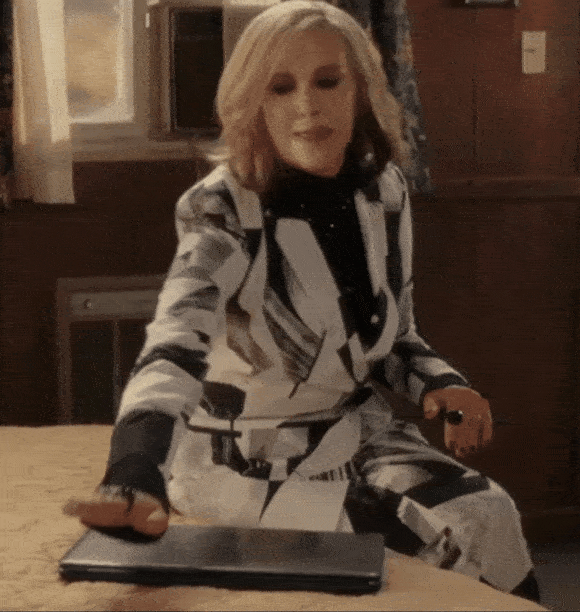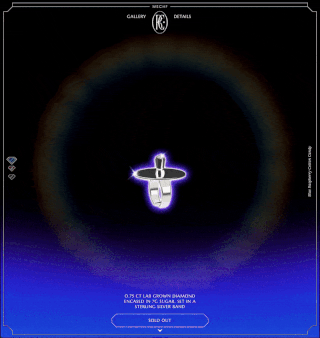Branding seems simple, until you actually have to do it. Most people start with the surface, focusing on how their brand looks before figuring out what it actually stands for. At first, the basics seem enough—a logo, some fonts, a color palette. It all feels right. Until one day, it doesn’t. Your sales deck feels off. Your website looks disconnected. Your social posts don’t match the brand in your head. So you tweak. Swap fonts. Adjust colors. Redesign the logo. Chase the feeling of “better.”
But branding isn’t just about looking good, it’s about making people care. And sometimes, the solution isn’t starting over; it’s creating structure. Expanding the color palette for legibility. Defining how your brand shows up in ads, buttons, and pitch decks. Building templates that keep things cohesive. A strong brand isn’t just a great aesthetic, it’s a system that makes everything easier.
Understanding Branding
I’ve seen a few design and creative leaders use this example to explain branding, and honestly, it just works. So, I’m rolling with it from now on.
Complete Branding: The soul
Brand purpose and values
Brand story and mission
Brand positioning
Target audience
Brand voice and personality
Customer experience
Visual brand identity
Visual Brand Identity: The face
Logo and logo variations
Color palette
Typography
Image style
Design elements
Visual Guidelines
Here's How to Make Your Brand Feel Less Scattered
If your brand feels scattered, here’s how to make it work harder—without throwing everything out and starting over.
1. Tie Your Visuals to a Bigger Idea
Branding that works isn’t random. It’s built on one clear, unshakable idea; the thing that makes your brand actually mean something to people.
Think of the best brands you know. Their visuals aren’t just cool, they mean something. They reflect an idea, a feeling, a purpose.
Ask yourself:
🔹 What’s the ONE idea my brand should be known for?
🔹 Why does this business exist beyond making money?
🔹 Who is it really speaking to?
If you can’t answer these without hesitation, your brand is still in decoration mode.
2. Make Sure Your Brand Speaks Like One Brand Everywhere
Your logo? Looks great.
Your fonts? Perfect.
Your colors? On point.
But if your sales deck sounds one way, your website sounds another, and your LinkedIn sounds completely different, then your brand is speaking three different languages.
Brands, like people, have different sides, but the core identity should always feel the same.
You don’t talk to your best friend the same way you’d talk to a client, but you’re still you.
Your brand should be the same way, flexible, but recognizable.
When someone moves from your website to your sales pitch to your LinkedIn posts, it should all feel like it came from the same personality. That’s what makes brands memorable instead of forgettable.
3. Give People a Reason to Care
The best brands don’t just look good they make people feel something.
People don’t remember polished, they remember personality.
They don’t buy when they understand you; they buy when they feel understood.
So what makes people care?
🔹 Storytelling that feels human. People connect with other people, not faceless businesses.
🔹 A clear stance. Take a side. Have a perspective. That’s how brands become memorable.
🔹 A brand identity that isn’t just “cool” but makes sense. If your branding isn’t grounded in strategy, it won’t hold up long-term.
If your audience feels seen, they stick around. If your brand feels like a generic template, they move on. It’s that simple.
Your brand’s visual identity should be shaped by its story, not slapped on as an afterthought. When you start with clear intention and build for the right audience, your visuals, whether sleek or strange or both, will appeal to the right people.
The Power of Intentional (Even Weird) Branding
Not every brand needs to be sleek, minimal, or design-forward to make an impact. Some of the most beloved brands thrive by leaning into camp, nostalgia, or outright chaos—because that’s what resonates with their audience. Take Crocs, for example. By most traditional standards, they’re “ugly” shoes. Clunky, full of holes, ridiculed for years. But instead of fighting that perception, Crocs embraced it. They leaned into their weirdness, built a brand around self-expression, and turned what was once a fashion punchline into a cultural phenomenon.
The shoes were always practical, but their branding didn’t hit until they leaned into their weirdness. By fully embracing their story and the people who saw themselves in it, Crocs went from overlooked to unstoppable. They became a brand that champions individuality, turning clunky foam clogs into a status symbol through celebrity collabs, limited drops, and a cult-like following.
So, if you ever find yourself obsessing over whether your branding is “perfect,” take a page from the brands that turned weirdness into an advantage. It’s not about looking flawless, it’s about making people feel like they belong.



